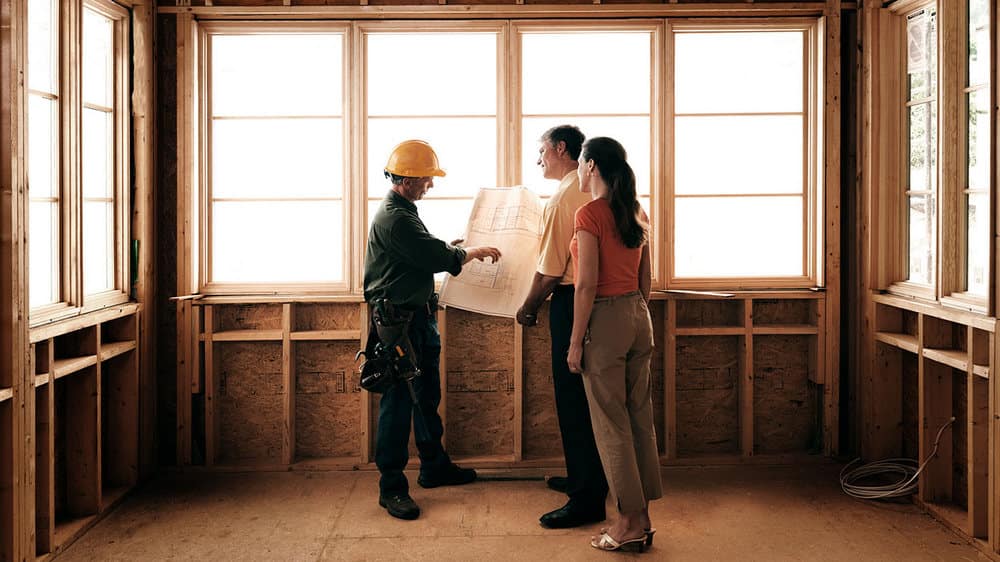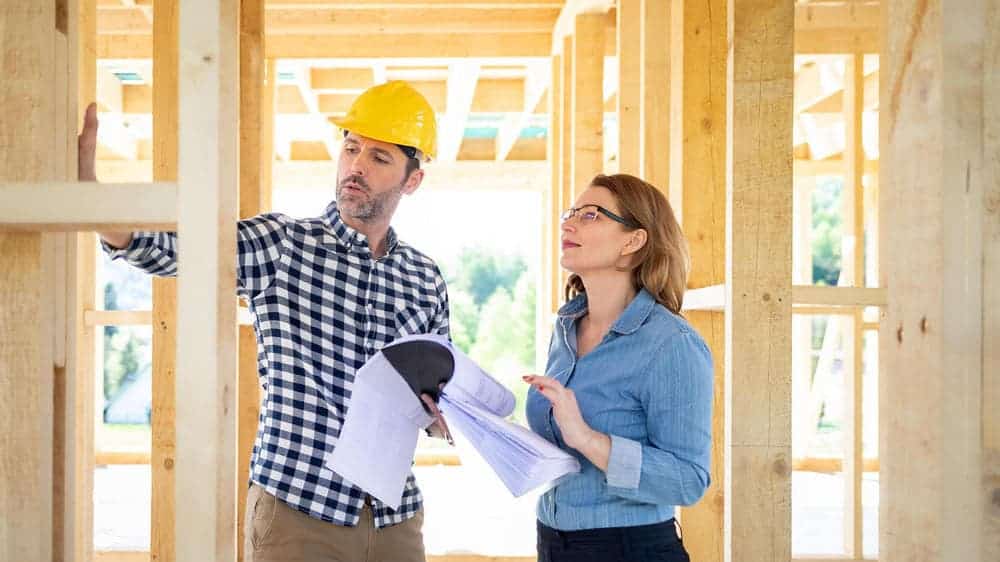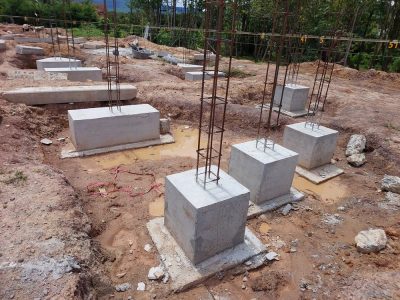
Building a house is the most significant project for many homeowners. However, the builders and homeowners must be aware that it’s a challenging project, and they are bound to face significant challenges that may hinder their progress, compromise the quality of the build, or increase their financial spending. As such, they must devise ways to mitigate the financial risks.
Tips to significantly lower financial risks while constructing a home
When building a home, it would be best to subcontract a company like the Bohbros, which utilizes design-build (DB) and CMAR (construction management at risk). This allows you to collaborate with your designers and builders on your construction projects, thus, increasing their efficiency and transparency, which is crucial for a successful project.
Mechanical lien
This type of security protects the builders and suppliers of construction materials. A mechanical lien prompts the homeowner to pay the builders and suppliers because it’s attached to the real property. If not paid, it could lead to foreclosure or selling the property. A mechanical lien is provided on private construction projects, like residential and commercial projects.
Most clients need timely notices on the rules, requirements, and deadlines to settle their bills. Luckily technology has eliminated the need for extensive paperwork and easy-to-access security. This ensures they can settle their accounts promptly, thus avoiding financial risk.
Contractual agreements
Contracts are ideal in any project as they protect all parties. However, you must work with certified construction Auditors and CPAs who will review your contracts to ensure that all sides are protected. In addition, they ensure you understand all the terms, contract contents, and clauses included in the agreement before signing.
The contract is also crucial as it outlines the courses of action if things go wrong in the construction process.
Implement Proper Change Orders
Change orders are a must in the construction industry. They help the contractors and subcontractors modify the cost or scope of the project. However, when the change orders are improperly managed, it may lead to delays or budget overruns.
Therefore, when change orders come up, they should be written down and have the client sign their approvals. This is because if the client disapproves and the contractor finishes the job that is not up to par with the client, it may lead to payment disputes.
Therefore, contractors and subcontractors must always document and submit all the changes to the client for approval to avoid payment disputes.
Construction equipment and Labor
When hiring a construction company, opting for those insured with quality construction equipment is best. This way, you are assured that they will not increase the entire project’s price to cover the cost of hiring equipment. In addition, it would also be great if you ensured they have a skilled workforce, as it assures you that the project will be completed on time, thus avoiding costly delays.
Analyze The Credit
It is common knowledge that the construction industry operates on credit, so before starting any project, it is essential to ensure that all parties are credit-worthy. In addition, when working on a construction project, you must ensure that the construction company you’ve contracted has strong credit practices to manage any financial risk that may crop up.
As a construction company, you must also check the creditworthiness of your client. This assures you they can cater to the building supplies and labor bill. Besides, your client’s credit is a huge determinant of the success or failure of the construction project. Note that a strong security policy can cover some minor credit issues. First, however, you must ensure the customer can pay all the expenses without filing a lien.

Construction materials
Building a home is expensive; many look for ways to lower their expenses. Some opt for cheaper materials, not knowing that they are compromising the quality of the structure, which will be costly to repair or renovate in the future. Therefore, when choosing construction materials, avoid counterfeit and opt for quality materials.
Have stringent policies
A stringent policy is the most crucial aspect of managing financial risks in the construction industry. As we all know, if we are consistent in our habits, we will reap success. Therefore, the client, contractors, and subcontractors must always strictly adhere to and implement the policies. This helps avoid surprises in the middle of the project.
Therefore, if it’s ordering building supplies, the contractors and suppliers must follow a process to ensure there are no delays or mishaps in quality. In addition, the client must have a set payment procedure to ensure the project runs smoothly. Thus, avoiding costly mistakes.
Account for delays in construction
Delays are unavoidable in construction, and this can be due to weather, poor project management, accidents, or change orders. Therefore, you must always account for delays when planning and budgeting to avoid losses.
For instance, you must always stay tuned to the weather forecast to prepare in case it’s the monsoon season. And sensitize your staff on construction safety by ensuring they wear protective gear, such as boots, eyewear, gloves, and overall, thus, helping mitigate financial risks.
Correct paperwork
Before starting any project, ensure you have all paperwork and approvals. This ranges from change orders to licenses and appraisals. Mismanaging your paperwork can be time-consuming and costly. In addition, it may mean missing bills.
Luckily, with technology, the client can liaise seamlessly with the contractors and suppliers and ensure that all documents are stored in a central location and accessible.
Final Thoughts
Owning a home is everyone’s dream. However, there is so much that goes into building one. If all parties involved are not careful, it may be an expensive venture due to delays, an inexperienced workforce, cheap building materials, and payment disputes. Therefore, you must utilize the tips above to lower your financial risks while constructing your dream home.









